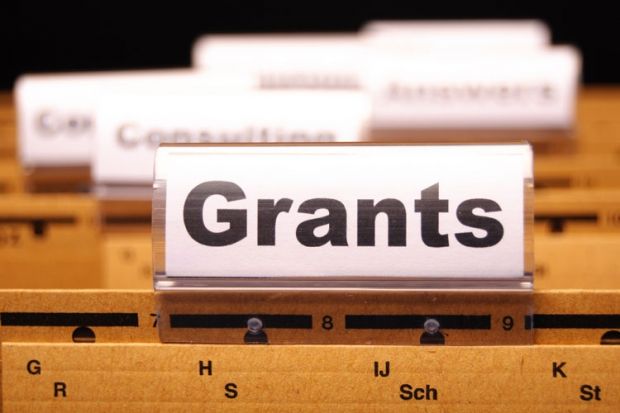Leverhulme Trust
Research Project Grants
Sciences
- Award winner: Luke Rendell
- Institution: University of St Andrews
- Value: £119,556
Developing a data-driven multi-agent model for studying humpback whale song
- Award winner: Chris Venditti
- Institution: University of Reading
- Value: £250,202
The evolutionary paths to diversity and innovation
Royal Society
University Research Fellowships
- Award winner: Xavier Moya
- Institution: University of Cambridge
- Value: £469,233
Controlling caloric materials via multiple order parameters
- Award winner: Joshua Nunn
- Institution: University of Oxford
- Value: £476,630
Scalable photonics via ensemble atomic Raman scattering (SPEARS)
- Award winner: Leonid Ponomarenko
- Institution: University of Lancaster
- Value: £445,741
Materials and devices assembled on demand from graphene and other atomic planes
Norwegian Research Council
- Award winner: Tony Bridgwater
- Institution: Aston University
- Value: £321,374
To research and develop renewable wood based biofuels for shipping
Biotechnology and Biological Sciences Research Council
- Award winner: Setsuko Sahara
- Institution: King’s College London
- Value: £4,000
Molecular control of self-renewal and neurogenic characteristics of cortical progenitors
- Award winner: Kevin Purdy
- Institution: University of Warwick
- Value: £448,970
Are microbiomes important to mammary gland health in dairy cows?
- Award winner: Bonnie Wallace
- Institution: Birkbeck, University of London
- Value: £532,416
Structure and function of voltage-gated ion channels and their applications for rational drug design
- Award winner: Andrea Rocco
- Institution: University of Surrey
- Value: £256,166
A systems biology approach to neural crest development: the role of noise in fate choice from bipotent precursors
In detail

Award winners: Frederic Fol Leymarie and Michael Sternberg
Institution: Goldsmiths, University of London and Imperial College London
Value: £8,352
DockIt: Development and launch of a crowd-sourced serious-games platform for protein docking for use by the public and the scientific community
The aim of this project is to develop a computer game to model how two proteins fit together and perform their functions. Protein docking to form a “complex” (molecular structure) is central to a protein’s biological activity, but the structure’s shape remains difficult to model. DockIt will allow players to manipulate the two protein structures and predict a complex. Understanding docking can provide improved knowledge of all cellular processes and practical application of drug design. “Tile matching games are highly addictive fun – just look at the popularity of games like Tetris,” said Professor Leymarie, from Goldsmiths’ department of computing. “If we can use this gaming community and channel them to think creatively about a scientific problem that has obvious conceptual correlations with such games, then perhaps we are on to a winning formula.”

